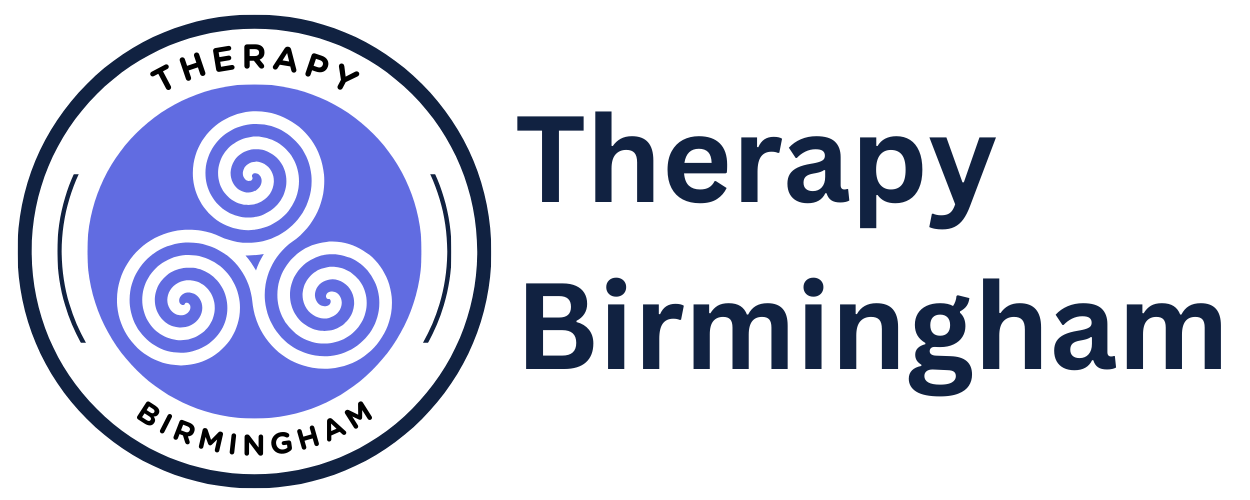
Eye Movement Desensitisation & Reprocessing (EMDR)
EMDR

Eye movement desensitisation and reprocessing (EMDR) is a therapy for the treatment of a wide range of psychological problems.
What is EMDR?
EMDR is a therapy developed by Dr Francine Shapiro in 1987. It was discovered that Eye Movements, accompanied by specific mental focus could lead to a change in the way a person thinks and feels about an incident or aspect of their situation, It also enabled a calming effect and reduced anxiety.
How does EMDR therapy work?
There area number of theories as to why EMDR works, one is that the eye movements mimic Rapid Eye Movement (REM) which appears in dreaming sleep and is associated with processing emotionally charged experiences and ‘sorting’ memories. The second is that the bi-lateral stimulation of left and right (either by eye movements, tapping or sounds) stimulates the brain and facilitates an accelerated information processing thus speeding up the natural healing process. During EMDR some people experience many memories as images, feelings etc. It is this, along with the support of your therapist that will enable you to overcome difficulties associated with traumatic events or difficult memories.
What problems can EMDR therapy treat?
EMDR has been successfully used to treat Post Traumatic Stress Disorder (PTSD) and associated problems such as:
• Depression
• Phobias
• Addictions
• Grief and Bereavement
• Anxiety, guilt and anger
• Panic attacks
• Sleep disturbances
What happens in an EMDR session?
There will be a comprehensive assessment made and then the therapist will guide the client through an eight step protocol designed for your reassurance, safety and accuracy. After some work involving emotional strength building and emotional support, then processing can begin, This will involve the therapist moving his hands and asking you to track this with your eyes or he may use a machine with headphone or paddles to produce sound or tactile stimulation to your right and left side.
Will I be in control?
You are in charge of whether to continue or stop, but it is hard to predict what kinds of thoughts, feelings, or memories might arise during EMDR. It depends upon each individual’s natural healing process. You can also decide how much to tell the therapist about the experience.
How many sessions will I need?
With single traumas or experiences in adult life, EMDR can be remarkably rapid in its effects, and average treatment times for these kinds of problems are from 3 to 6 sessions. With more “complex” or multiple traumas treatment can take much longer but the evidence that we have to date suggests that EMDR is the most efficient and rapid psychotherapeutic procedure available for the treatment of traumatic memories and Post Traumatic Stress Disorder.
What about the evidence?
There have been 29 controlled studies supporting the efficacy of EMDR, making it the most thoroughly researched method in the treatment of trauma. The most recent five studies with people suffering from a range of events such as rape, combat, bereavement, accidents, natural disasters etc. have found that 84 – 90% of the participants no longer had Post-traumatic Stress Disorder following EMDR treatment.
For more information please contact me, or visit this useful link: emdrassociation.org.uk
Frequently Asked Questions
Is EMDR a form of hypnotism?
EMDR is not a form of hypnotism. Even though you are moving your eyes during EMDR you will remain conscious, awake and in control at all times. EMDR therapy cannot be done against your will.
Is EMDR new?
EMDR therapy is about 30 years old. It was developed by an American clinical psychologist, Dr Francine Shapiro, in the 1980s. As a Senior Research Fellow at the Mental Research Institute, Palo Alto, she published the first research data to support EMDR’s benefits in 1989. Many people haven’t heard of EMDR because it is not yet as commonplace as other therapies like CBT or counselling.
Will my therapist use any equipment?
Possibly. Your EMDR therapist doesn’t have to use any equipment – they can create the necessary eye movements by moving their fingers back and forth across your visual field. However, many therapists prefer to create the eye movements by using a ‘light bar’, where you watch a light that moves back and forth.
Other therapists use auditory bilateral stimulation, where they click their fingers alternately in your left and right ears. They might choose to use headphones for the clicks (or other sounds).
Therapists can also use tactile bilateral stimulation, where they alternately tap your left and right hands. To create a similar effect, some therapists use small vibrating items that you can hold in your hands.
